Growing ginkgo biloba on site and as bonsai
Ginkgo biloba is an unpretentious plant that is grown on a plot or at home in the form of a bonsai. This deciduous tree with a spreading crown naturally grows in Korea, China and Japan. The value of the plant lies not only in its decorative characteristics, but also in its medicinal properties. To grow a tree in the middle lane, it is enough to create optimal conditions for its growth and development. Adult, it is not afraid of winds or frosts. Careful care is needed only for young trees, up to a year.
Brief description of the tree
Gingo biloba is a gymnosperm dioecious plant and appeared in nature more than 200 million years ago. The name translated from Japanese means "silver apricot". This plant surprises with its tallness, almost 40 m in height. He has a fairly powerful root system. The crown of the tree is quite original in shape and color. The trunk color is light and contrasts with the foliage.
Interesting fact
Since ginkgo biloba is listed in the Red Book, it can be found only in nature reserves and botanical gardens. The life span of a tree can exceed 2500 years.
The leaves of the silver apricot are fan-shaped, with two deep lobes. Their color is bluish-green, but with the arrival of autumn it changes to a bright golden-yellow.
The inflorescences of the female plant are distinguished by a greenish-yellow color, the phase of flowering and the appearance of seeds falls on May or June, but does not begin until the tree reaches 25-30 years.
In care, this is a rather undemanding plant, which explains its relevance as a decorative decoration for city parks, gardens, and land. But male specimens are more suitable for these purposes, because discarded fruits from female trees, when they begin to rot, emit a very unpleasant odor.
Landing features
Considering the light-loving nature of Ginkgo biloba, when choosing a place for planting, it is recommended to give preference to a well-lit area, in addition, it should be a large territory: the height of an adult plant reaches 35-40 m, and the crown diameter is 25 m.
By the age of 30, it stretches to half of its maximum growth, it is 8-12 m, a rather impressive size. Weaker plants will simply die, adjacent to the giant, while the gingo biloba itself does not tolerate transplantation due to its highly branched root system.
Interesting fact
The first three years of life, the young tree practically does not grow, giving all its strength to the root system. Thanks to her, the culture easily resists strong gusts of wind.
To plant seedlings, you must:
- Dig a hole taking into account the size of the root system - all roots should be freely placed in the hole.
- Lay a drainage from fine gravel, expanded clay, broken brick on the bottom.
- Pour a layer of fertile soil and place a seedling in the hole. In the process of planting, it is important to control, the roots did not crumple or intertwine with each other.
- Fill the roots with the remaining fertile soil and tamp it slightly, while the root collar should remain above the ground.
- Water the seedling and cover the ground around it. Coniferous sawdust is suitable for this.
In the early years, it is recommended to maintain optimal moisture in the trunk circle until the root system gets stronger.
Reproduction methods
Ginkgo biloba is usually planted either with cuttings or with freshly harvested seeds.
Cutting cuttings is recommended already from adult plants, when it becomes clear which specimen it is - male or female.The seedlings must be rooted in greenhouses with light soil. The best time for this procedure is the first half of the summer. For the cuttings to take well, it is advisable to use solutions with a root-forming stimulant. In addition, half of the leaves on the cuttings must be cut off.
If reproduction is carried out by seeds, then it is necessary to take only freshly harvested material - then the germination rate will be as high as possible. Ginkgo seeds are very similar in appearance to apricot pits, only they are white in color.
The optimal sowing time is early spring. First, planting material must be sealed in containers with fertile soil to a depth of 5-7 cm. To increase the percentage of germination and reduce the time of emergence, it is necessary to use a film cover. The sprouts usually hatch a month after sowing. Considering that at first gingo biloba develops only roots, and itself remains weak, it is recommended to move it to the site only for the next year.
For information
Ginkgo biloba is absolutely not demanding on the composition of the soil, but it is best to use a mixture of sand, leaf humus, peat and moss.
The subtleties of plant care
Caring for gingo biloba in the garden consists of simple agrotechnical manipulations:
- Periodically remove weeds in the trunk circle.
- Loosen the soil so that the roots can "breathe". The depth of treatment closer to the trunk is 7-8 cm, and closer to the edge of the near-trunk circle - 10-12 cm. The frequency of the procedure is once a month.
- Monitor soil moisture, water as the topsoil dries up.
- Spray the leaves every day, especially on hot days, since the rooting process is quite slow.
- Apply special fertilizers (superphosphate, organic matter) once monthly. It is recommended to feed gingo biloba not immediately after planting, but after a while.
For the winter, young trees are better to dig up and store in a dark room. A box filled with sand is suitable as a container. Sometimes gingo biloba is grown in a spacious tub for up to two years. In the spring they move it to the garden, in the fall they return it to the room.
If a young plant (in the first year after planting) remains on the street, then it must be covered: the near-trunk circle is filled with a mulch layer of coniferous sawdust, the tree itself is wrapped in a covering material in full growth. A crate for protection from the wind will not interfere. The tree opens up only after the threat of return spring frosts has passed.
When ginkgo biloba reaches the age of two, there will be no need for additional shelter for the winter.
Indoor cultivation
Ginkgo bonsai is grown at home. This is one of the most prominent representatives of the Japanese art of bonsai. To create optimal conditions for this miniature plant, you must:
- prepare a well-lit place, but without direct sunlight;
- maintain high air humidity, often spray the plant;
- pruning during the period of active growth.
Important
A plant in indoor conditions, if the winter temperature is not maintained, can confuse winter with summer and simply die. Therefore, the decorative tree should be taken out into a cool room for the winter.
For a year, an exact copy of the garden brother, only in a reduced form, ginkgo bonsai grows only 7-15 cm.
Ginkgo biloba is a unique and unpretentious plant with high resistance to various diseases. It tolerates even the most severe winters. To provide him with comfortable growing conditions, it is enough to perform basic agrotechnical work.
When using parts of the plant for prophylactic and therapeutic purposes, an anti-inflammatory, diuretic, antioxidant and decongestant effect is observed.A very beautiful and certainly useful tree will be a good solution for almost any garden area.
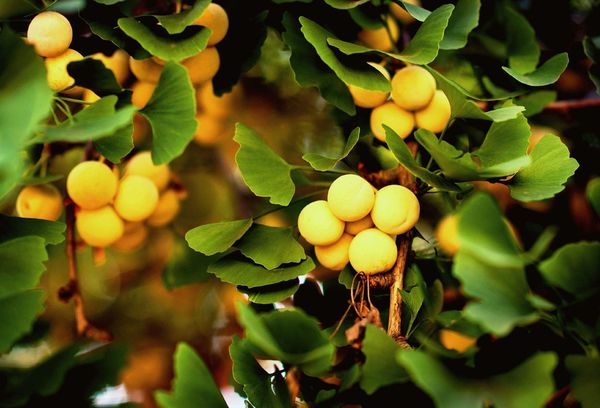

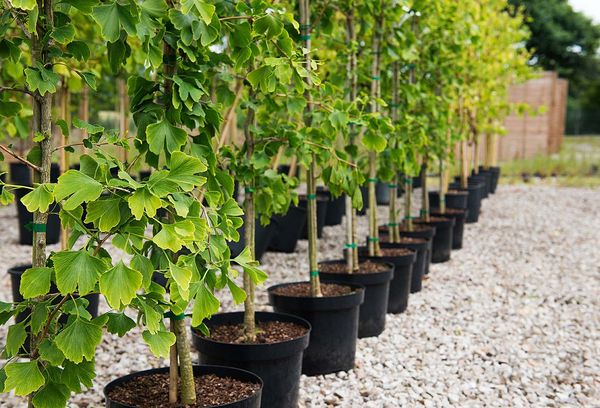
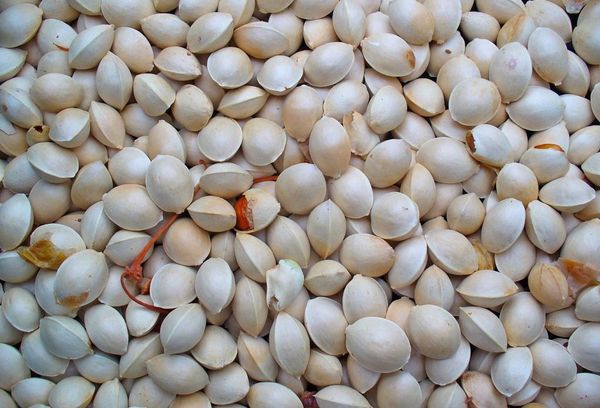
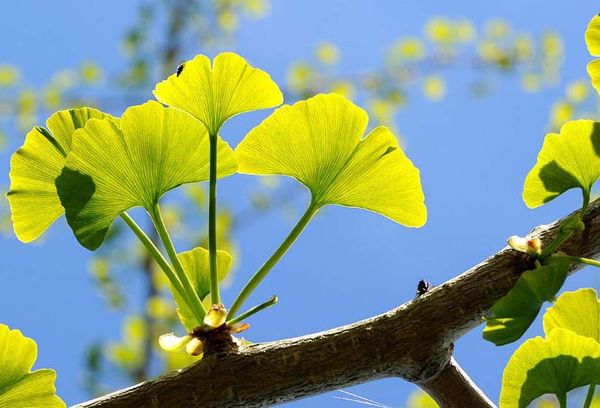
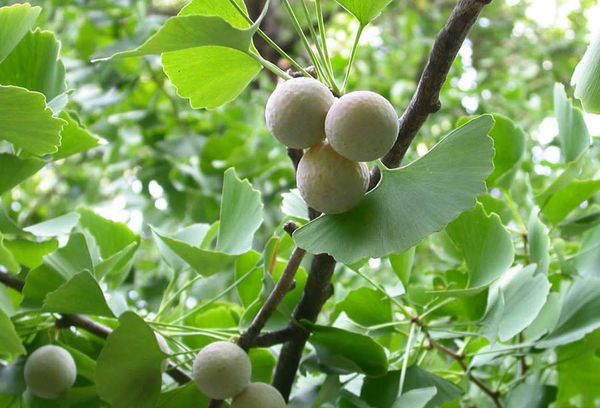
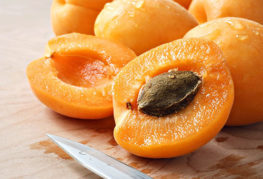

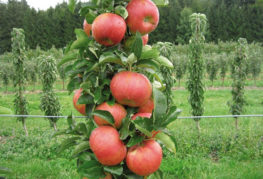
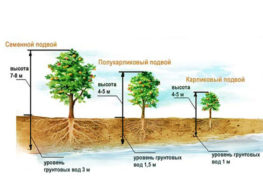
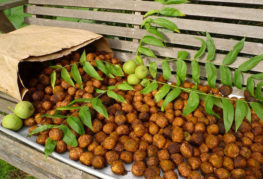
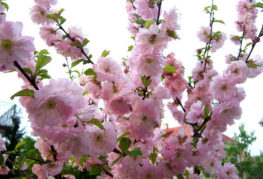
and will be published shortly.